Russian airlines have been hit by a series of recent incidents, raising concerns about safety and the impact of Western sanctions.
A Dassault Falcon 10 plane crashed in the mountains of northeastern Afghanistan while carrying six people to Moscow, the Russian civil aviation agency Rosaviatsia said on January 21. Russian media reported that the flight was chartered by a couple to take their sick wife to a hospital. The crew and passengers were all Russian.
This is one of a series of incidents that Russian aviation has faced recently, as the industry faces increasing pressure from an unprecedented series of Western sanctions related to the war in Ukraine.
In December 2023, Russian civil aircraft experienced at least eight serious technical failures, forcing pilots to make emergency landings and terrifying passengers.
On December 8, 2023, a Boeing 737 of S7 Airlines had just taken off from Novosibirsk to Moscow when passengers heard a loud explosion, both engines of the plane burst into flames, forcing the pilot to make an emergency landing.
With both engines completely shut down, the plane was about 200 meters above the ground, and the pilot used its glide to land safely. Preliminary investigation results show that several "small explosions" related to fuel caused the plane's engines to catch fire.
On the same day, a Rossiya Airlines Airbus A319 from Mineralnye Vody to St. Petersburg experienced a loss of cabin pressure shortly after takeoff, forcing the pilots to make an emergency landing. Video posted on Russian social media showed passengers in the cabin screaming and crying as oxygen masks fell in front of them.
On December 11, a Utair flight was forced to make an emergency landing due to a wing problem while carrying 104 passengers and about 19 kg of radioactive material, according to Russian media. Another Utair plane flying from Moscow to Kogalym, in the Khanty-Mansi region of Siberia, declared an emergency due to engine failure on December 29.
Also in December 2023, Russia's main airline Aeroflot recorded a series of incidents, including an Airbus A321 with a left engine failure, another Airbus 321 with an air conditioning failure, two Boeing 737s with damaged landing gear, a Boeing 737 with damaged flaps, and a Boeing 777 with an electrical short that caused smoke to fill the cabin.
Other Russian airlines have reported incidents such as sudden engine shutdowns and problems with hydraulic systems, flaps, steering systems, autopilots, oil filters and more. While these incidents have not resulted in large-scale disasters, they highlight the dangers lurking in Russian aviation, which is under pressure from Western sanctions.
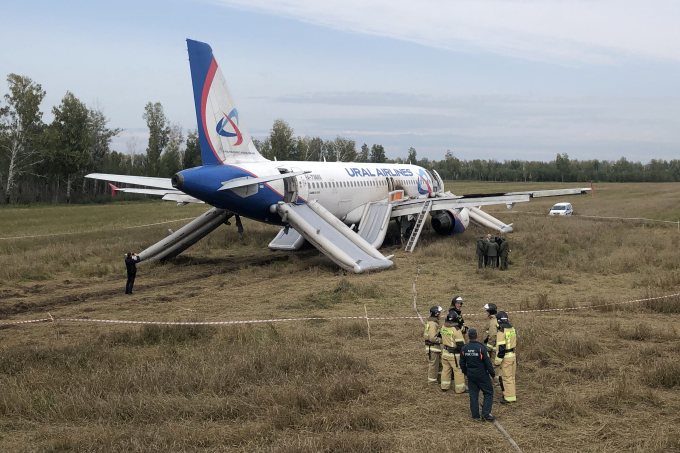
An Airbus A320 operated by Ural Airlines made an emergency landing in a field near the village of Kamenka, Novosibirsk region, Russia in September 2023. Photo: AFP
After Russia launched a war in Ukraine in late February 2022, the United States and its Western allies quickly imposed sanctions on thousands of Russian individuals and companies, removed several Russian banks from the SWIFT payment system, froze the Russian Central Bank's foreign currency reserves abroad, and capped Russian oil prices.
Russia’s aviation industry has not escaped the sanctions either. The West has banned the transfer of aircraft technology and spare parts, as well as the provision of services, insurance or software updates to the Western fleet that Russia operates.
In September 2022, the International Civil Aviation Organization warned of a risk to the Russian aviation industry, citing concerns about the ability of Russian aircraft to maintain safety. However, Russian aviation officials said “everything is fine,” stressing that the sanctions do not affect flight safety.
"Logistics chains are still in place for domestic airlines, so they can receive all the spare parts and components needed for normal operation of aircraft," Mikhail Vasilenkovf, a representative of Russia's Air Transport Agency, said last month.
The agency reported 400 civil aviation incidents due to equipment malfunctions from January to November 2023, asserting that this was good news because it was down 2% compared to the same period in 2022.
But in a commentary in the Kommersant newspaper last December, Oleg Panteleyev, director of Russian aviation consultancy Aviaport, said risks had “increased exponentially”, adding that there had been a decline in technical checks.
Some Russian aviation analysts have supported the government in finding ways to mitigate the risk, while others have warned of a major disaster.
"Sanctions of course affect flight safety. There is no way they will not be affected," said Andrei Menshenin, a Russian aviation analyst.
He said Russian airlines had mitigated the impact by importing spare parts and engines from Central Asia, Türkiye, Singapore, Iran and other countries. But he acknowledged that the alternatives were costly.
“The safety situation in Russia is much better than expected and what was predicted at the beginning of 2022,” he said. However, he said pilots were under enormous pressure when faced with life-or-death decisions in the event of an accident.
A Reuters analysis in late December said the Russian government had provided $12 billion in subsidies and loans to build planes and keep the aviation industry running since the West imposed sanctions over the Ukraine conflict.
The supply of vital spare parts and maintenance services has been cut off, causing difficulties for the Russian aviation industry, which depends on foreign-made aircraft. Airbus and Boeing have stopped providing services and spare parts since March 2022, as well as stopping maintenance support for Russian airlines' aircraft.
“Foreign-made aircraft make up too much of our fleet,” Russian President Vladimir Putin admitted in December 2023. “We plan to produce more than 1,000 aircraft for Russia by 2030. This is very necessary.”
Russian airlines currently operate 991 aircraft, of which 405 are manufactured in Russia, according to ch-aviation, a Swiss aviation information provider.
Andrei Patrakov, a Russian aviation safety expert and head of RunAvia, a company specializing in the safety of aircraft and drones, said Russian authorities allowed airlines to use spare parts beyond their permitted lifespan, leading to incidents.
The previous month, the pilots of Ural Airlines Flight 1383 from Sochi, southern Russia, to Omsk, Siberia, were diverted to an airport with a longer runway because of a problem with the hydraulic system. When the Airbus 320 ran out of fuel, they were forced to land in a field.
But the pilots’ efforts to deal with the incident were not praised, and they were criticised by experts and colleagues for endangering the lives of passengers by choosing to take the longer route to the longer runway.
In 2022, Russian authorities granted licenses to 100 companies, including seven airlines, to repair and maintain aircraft. But last November, Pobeda Airlines had its license suspended for serious violations in repairing three Boeings, including changes to the collision avoidance system, according to the Izvestia newspaper.
Analyst Patrakov said that many Russian aircraft currently need maintenance, but "cannot do so due to lack of spare parts due to sanctions".
"If an aircraft component fails, you have a lead time to replace it, typically 10 days. However, you cannot extend it three or four times, because it has a limited recovery time. The question is when the problem will reach the limit, causing the component to fail completely and possibly cause a catastrophic failure," he warned.
Thanh Tam (According to Washington Post, Reuters, AFP )
Source link




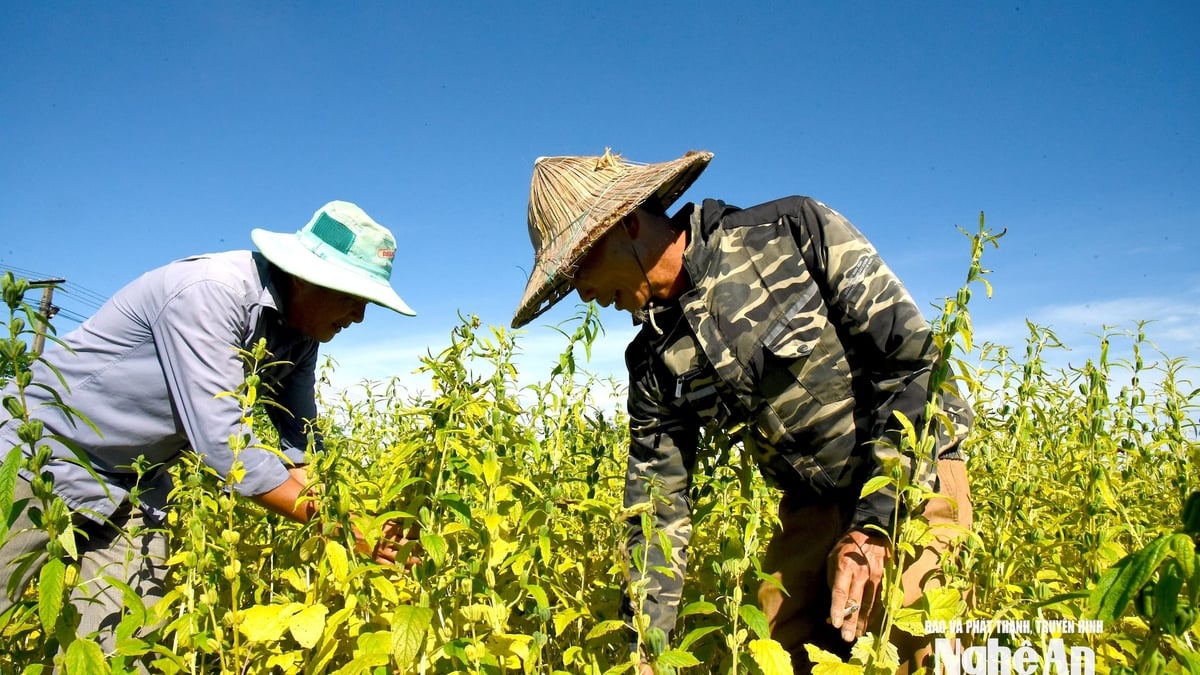



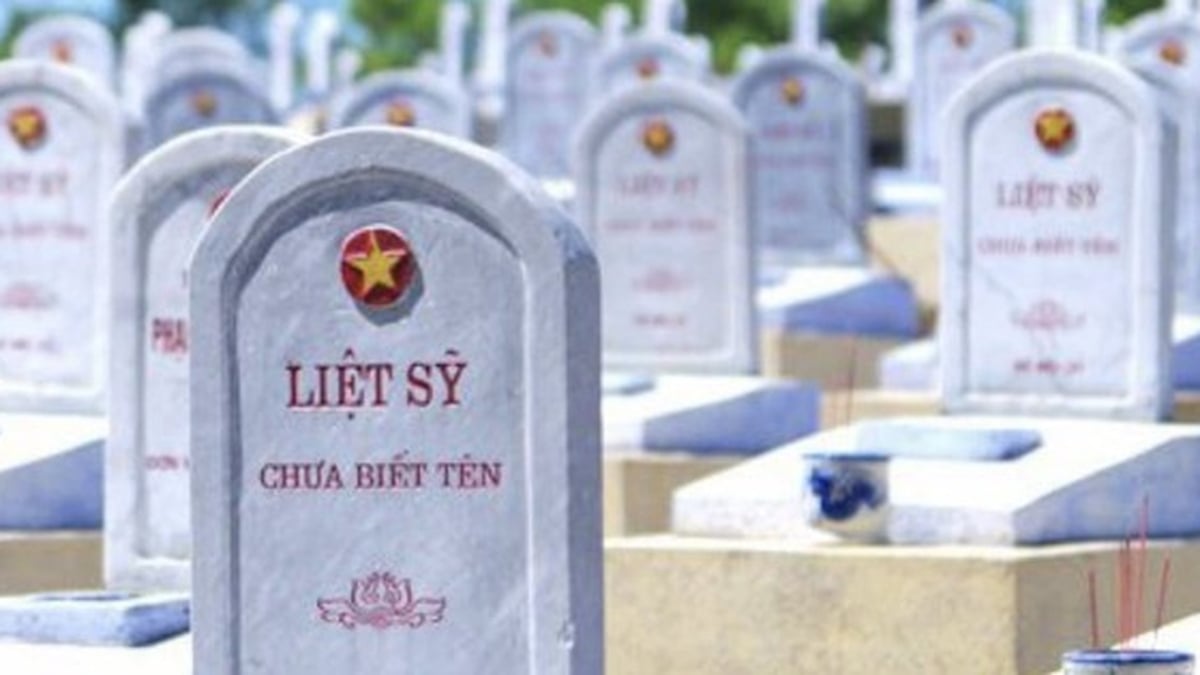















![[Photo] National Assembly Chairman attends the seminar "Building and operating an international financial center and recommendations for Vietnam"](https://vphoto.vietnam.vn/thumb/1200x675/vietnam/resource/IMAGE/2025/7/28/76393436936e457db31ec84433289f72)
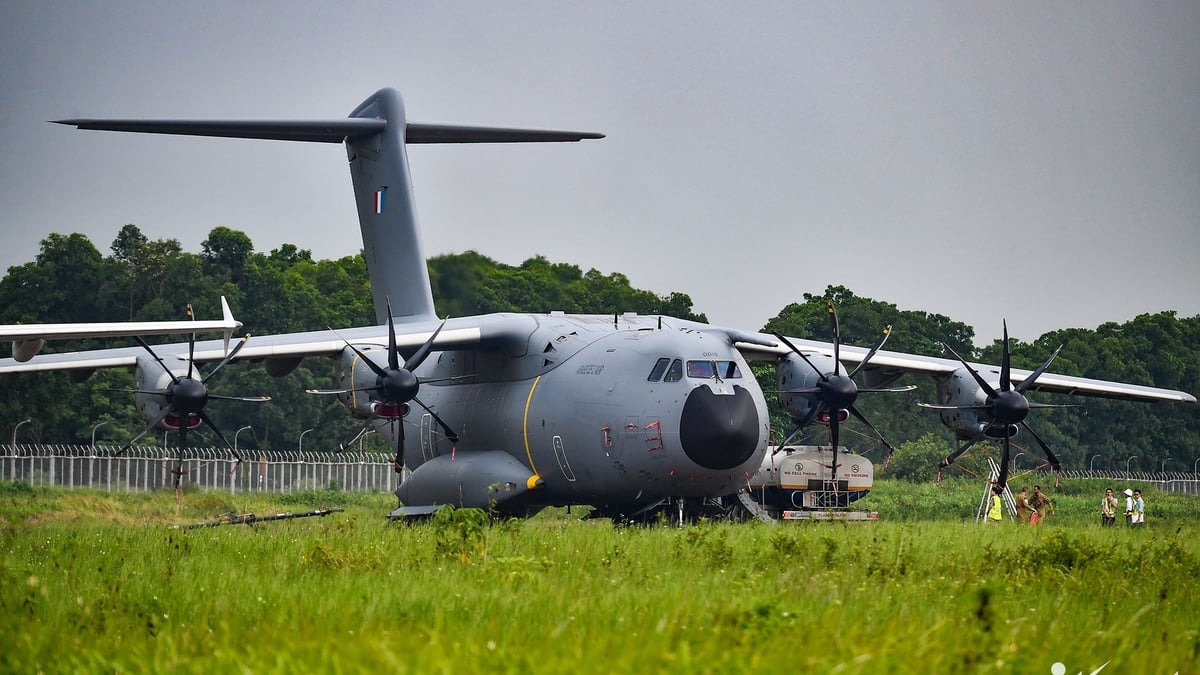






































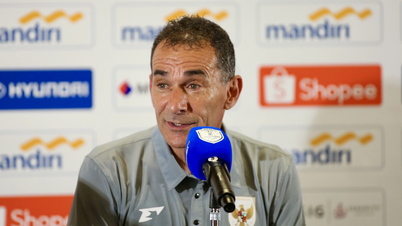


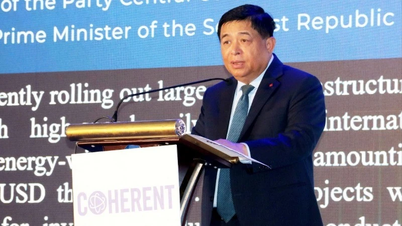






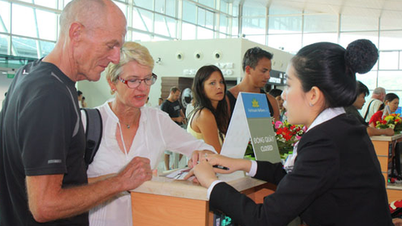























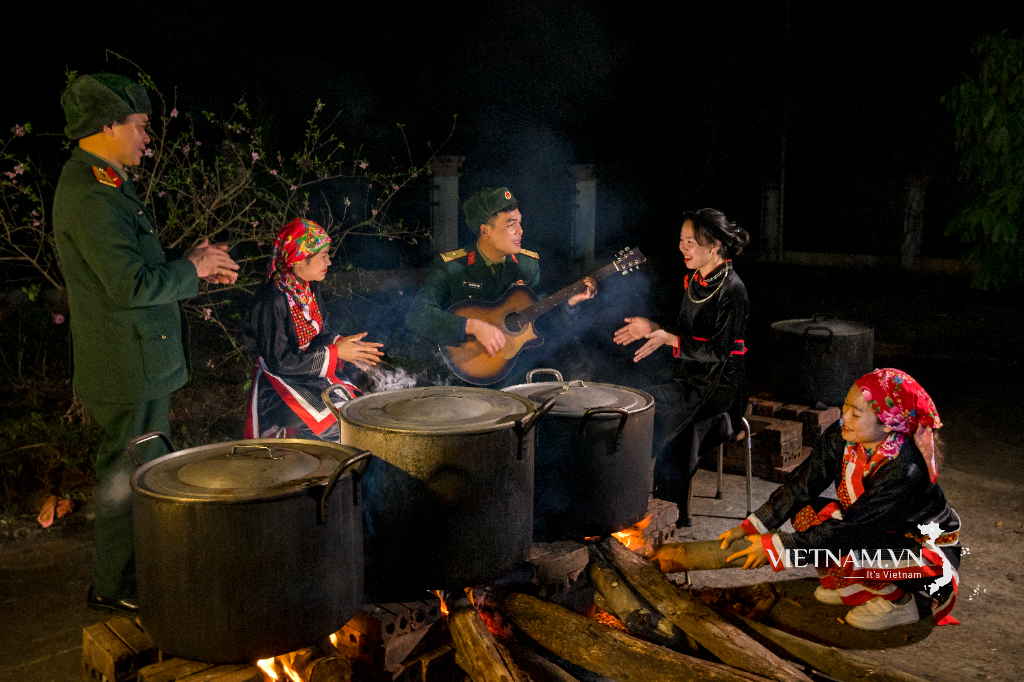


Comment (0)